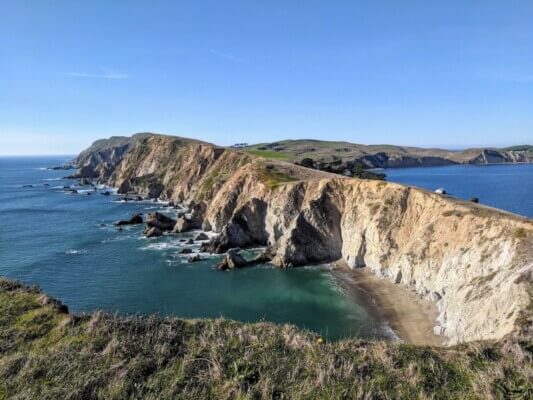The Wild Atlantic Way was chosen as the number one scenic drive in the world by Big 7 Travel, a travel company that provides up-to-date, curated recommendations on what to do and see in locations across the world.
This news item and page contain affiliate links and I may earn compensation when you click on the links at no additional cost to you.
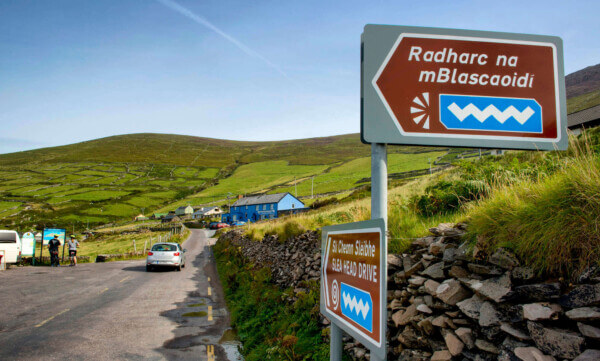
The 2,500-km stretch of road, beginning at Malin Head in County Donegal and ending at the Old Head of Kinsale in County Cork, beat out 49 other locations for the company’s annual “50 Most Scenic Drives in the World.”
In its 2020 article, the Big 7 Travel said, “Ireland’s Wild Atlantic Way is 1,553 miles of jaw-dropping coastal mountains, rolling hills, rugged countryside, and ancient history.
Taking this route will show you the very best of The Emerald Isle from the Cliffs of Moher to Killary Harbor. The beauty of this epic road is simply unparalleled, and that’s what makes it the most scenic drive in the world.”
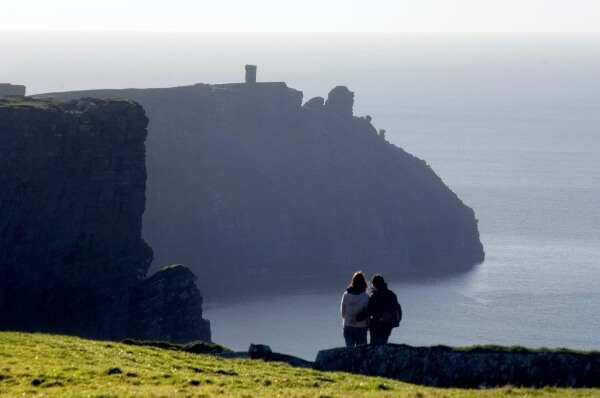
The tourist trail was launched in 2014 in an effort to boost tourism along Ireland’s western seaboard.
When the route was being established, Failte Ireland looked to other famous roadways around the world for inspiration, including the Great Ocean Road in Australia, the Garden Route in South Africa, as well as the Pacific Coast Highway in California.
Ireland’s government spent approximately €10 million to erect signposts close to various attractions along the route so that tourists could easily find them.

While it’s possible to drive the entire route on one vacation, tourists are encouraged to break it up into chunks to truly get the essence of the Wild Atlantic Way in the various counties that it covers.
They include Counties Donegal, Sligo, Leitrim, Mayo, Galway, Clare, Limerick, Kerry, and Cork.
The route includes over 500 visitor attractions, 53 Blue Flag beaches, 120 golf courses, and 50 looped walks.
Some of the highlights along the way include:
County Donegal
Don’t miss Slieve League, Ireland’s highest cliffs.
Standing at approximately 2,000 feet from the ocean, this attraction is fast becoming a popular spot for tourists visiting the county.
The 3-kilometer Pilgrim’s Pass is a popular trek with tourists and if you’re particularly adventurous and able-bodied, the One Man’s Pass is even more challenging.
The views from the top are spectacular no matter which trail you choose.
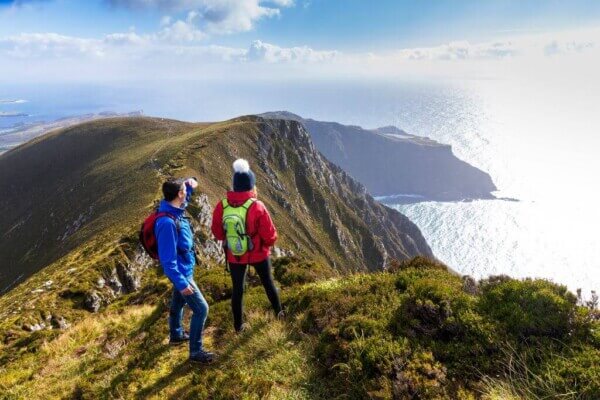
If you’d rather stay on steady ground, choose the Glencolmcille Loop, a trek that hugs the coast between Slieve League and Slieve Tooey in southwest Donegal.
The area around Glencolmcille contains many tombs and standing stones from the Neolithic period.
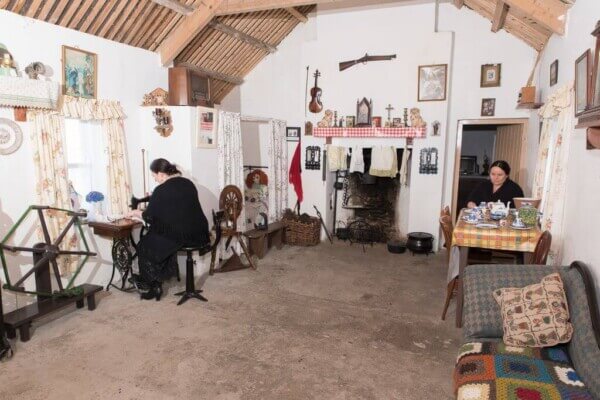
The village of Glencolmcille is also home to a unique outdoor folk museum, which is a cluster of small cottages built and maintained by local people.
It is one of the country’s best examples of a living-history museum.
County Leitrim
County Leitrim’s presence on the Wild Atlantic Way is the smallest of all the counties.
It is Ireland’s shortest coastline at 2.4 miles.
To get a glimpse of the Atlantic Ocean, you’ll need to take the Arroo Mountain Track, an 8-kilometer track that is situated along the side of Arroo Mountain.
You’ll get spectacular views of the surrounding countryside, including Donegal Bay, as well as Mullaghmore and Inishmurray, both in Co. Sligo.
Arroo Mountain Track, Leitrim from crank & cog on Vimeo.
Some of the tourist attractions you’ll find farther inland include Manorhamilton Castle and Parkes Castle, as well as the homestead of Sean Mac Diarmada, a native of Leitrim and one of the signatories of the 1916 Proclamation.
County Sligo
The word around the northwest of Ireland is that Sligo is quickly becoming a noted foodie destination.
The Sligo Food Trail has done a lot to help local restaurateurs get the word out on their growing choice of fare for tourists and locals alike.
You can expect healthy, organic food from an array of restaurants, cafes, food markets, and gastro pubs in the Sligo region.
There is a lot to see in Sligo along the Wild Atlantic Way, including Mullaghmore, a favorite for surfers, as well as Classibawn Castle, situated nearby, which was once the summer home of the British Royal Family.
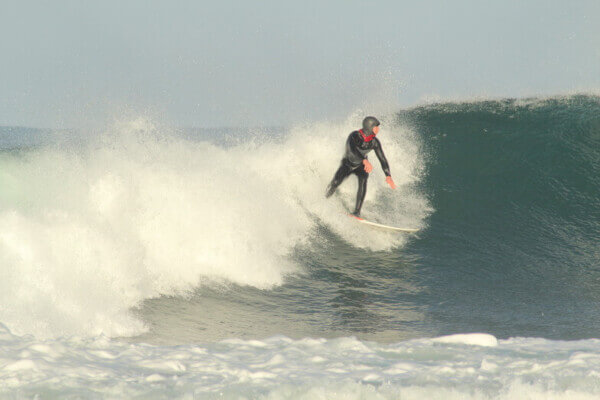
Additional surfing opportunities can be found in Easkey and Enniscrone, about 60 km (40 miles) south of Mullaghmore.
The iconic loaf-shaped Benbulben stands proudly over Sligo town and the surrounding area and at the top of Knocknarea lies the burial place of Queen Maeve.
Sligo is actually rich in archaeological heritage as there are a number of ancient burial sites scattered across the county.
County Mayo
Ballina in Co. Mayo is often overshadowed by bigger towns like Westport that has a strong foothold in the tourism industry.
But don’t overlook this beautiful market town that is known for its great salmon fishing and several other attractions close by.
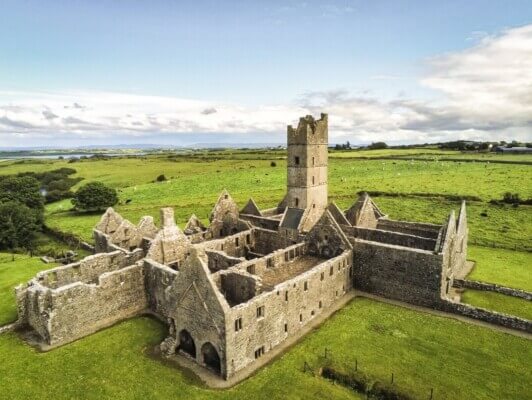
Some of those include Moyne Abbey and Rosserk Friary.
Moyne Abbey is an impressive ruin not to be missed.
It was built in 1460 and includes the remains of a cruciform church, chapel, tower, and cloisters. Even though it was burned in 1590, friars continued to live there until 1800.
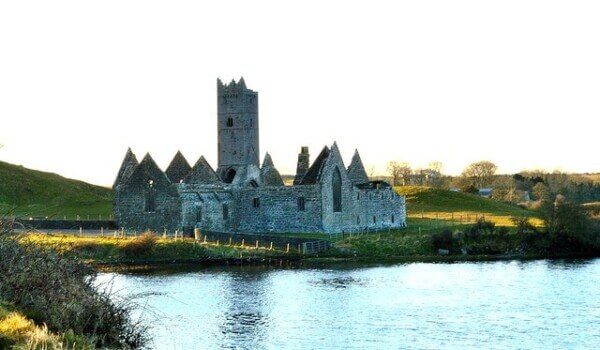
Rosserk Friary, located on the banks of the River Moy, is one of the finest and best-preserved friaries in all of Ireland. It was founded around 1440.
It is remarkably well preserved with fine carvings on its doorways and elsewhere.
You can clearly see evidence of a dormitory, refectory, and kitchen that were located on its upper floor, as well as two fireplaces.
County Galway
There’s so much to see in Galway that it is hard to know where to begin.
Larger than the previous three counties, County Galway’s coastline is equally beautiful.
The entire Co. Galway portion of the route is about 300 kilometers (186 miles) long.
It includes such attractions as Kylemore Abbey in Connemara, the Aran Islands, Galway City, Dunguaire Castle, and more.
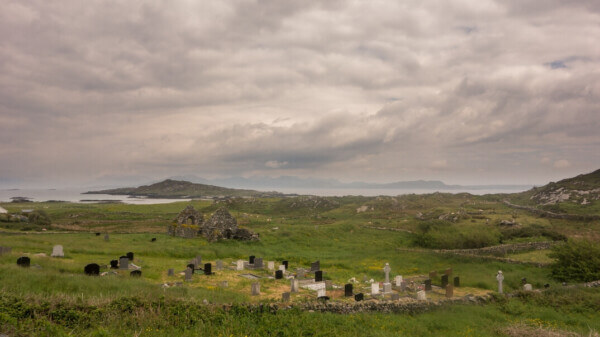
Rather than stay on the mainland the entire time, there’s the opportunity to explore some of County Galway’s islands, including Inishbofin, which is unfamiliar to many tourists.
There is a lot to see here, including the Inishbofin Heritage Museum, Cromwell’s Barracks, various monastic sites, Bronze Age sites, as well as plenty of opportunities for walking on this peaceful island.
Inishbofin is a breeding area for different species of birds and is one of the rare places you’ll find the threatened corncrake.
Explore Car Rental Rates in Ireland with Discover Cars
County Clare
The most popular tourist attraction in Co. Clare is undoubtedly the Cliffs of Moher.
Because of this, you’ll find the area often crowded during the height of the tourist season. Nevertheless, no visit to Clare is the same without visiting these iconic cliffs.
The cliffs are part of a coastal area known as The Burren Coast. You’ll also discover lots of wildlife in this area, including 30,000 pairs of seabirds, as well as unusual types of fauna and flora.
Don’t miss the Poulnabrone Dolmen, the second-most visited attraction in the Burren. It is Ireland’s oldest dated megalithic monument.
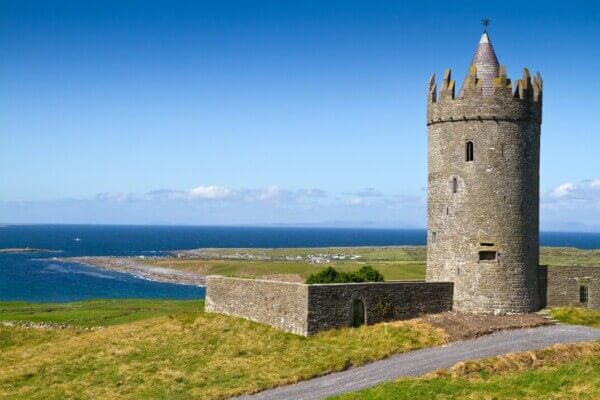
If an Irish traditional music session is what you’re after, don’t forget to stop at the pretty village of Doolin along the coast. There are nightly sessions in all of the pubs there.
There’s also plenty of opportunity for outdoor pursuits, such as walking along the cliffs or visiting the nearby Doolin Cave, where you can find the longest stalactite in the world.
Doolin itself has lots of eateries and shops to explore.
Read More: 9 Cool Underground Attractions to Visit in Ireland
County Limerick
King John's Castle is the premier attraction in Limerick city.
It is a 13th-century castle located in an area of Limerick called King’s Island.
The castle sits along the banks of the River Shannon, Ireland’s longest river.
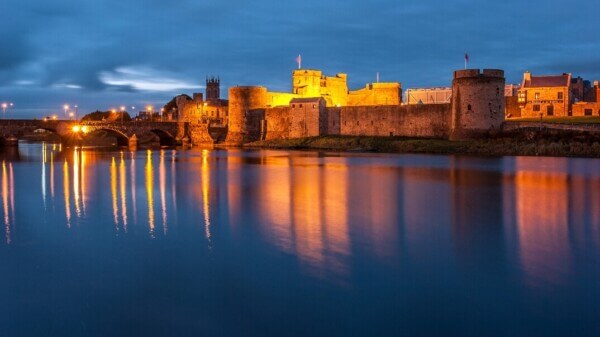
The castle was built by King John in 1200.
It is one of the best-preserved Norman castles in Europe. It is believed that the Vikings had a settlement on the site around 922 based on archaeological excavations at the site in 1900.
A new state-of-the-art exhibition tells the story of the castle and its inhabitants.
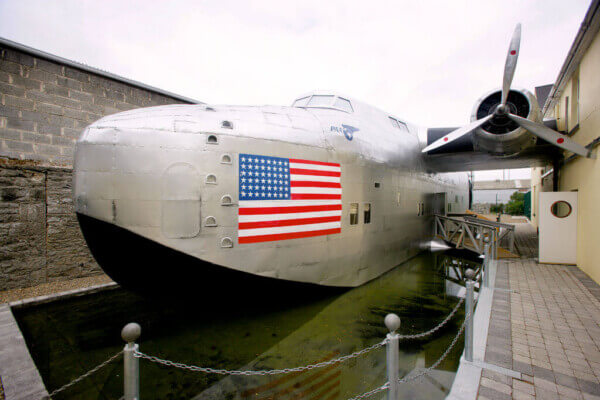
Outside of Limerick, you’ll find the Foynes Flying Boat Museum, the world’s only museum of its type.
It contains the history of how the small Irish village of Foynes served as one of Europe’s largest civilian airports for a brief time during the 1930s.
Co. Kerry
County Kerry needs no introduction to most tourists as it has been advertised abroad for many years.
Known in Ireland as “The Kingdom,” the county has many positive attributes.
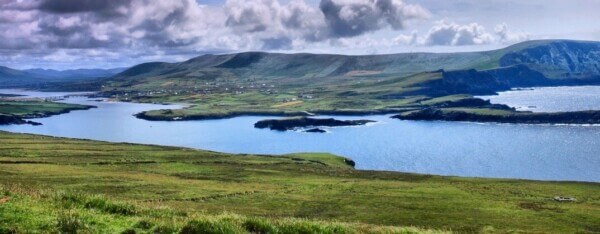
Among the most popular attractions along Kerry’s Wild Atlantic Way are the Ring of Kerry, the Dingle Peninsula Loop, and the Skellig Ring Loop. All of them showcase the very best of Kerry.
Kerry also has some magnificent beaches. Some of the most popular include Ballybunion Beach, Inch Beach, Ventry Beach, and the White Strand on the Great Blasket Island.
County Cork
The Beara Peninsula showcases the true beauty of the Wild Atlantic Way in County Cork.
Situated between Kenmare to the north and Bantry Bay to the south, this 125-mile stretch of land is as beautiful as you will get in Ireland.
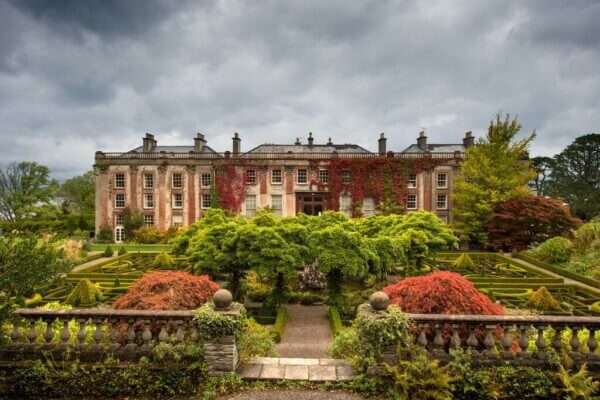
Other attractions in Co. Cork include Bantry House and Gardens, originally built in the early 18th century for the White family, formerly Earls of Bantry.
The house contains a sizeable art collection and other fine features. The gardens were developed by the second Earl of Bantry and his wife. They were inspired by gardens that White had seen in Italy.
Additional attractions along Cork’s Wild Atlantic Way include the Old Head of Kinsale, the pretty town of Kinsale with its beautiful shops and restaurants, Cork City, Cobh, where many emigrants boarded ships for the New World, and Inchdoney Beach, one of Cork’s many beautiful beaches.

